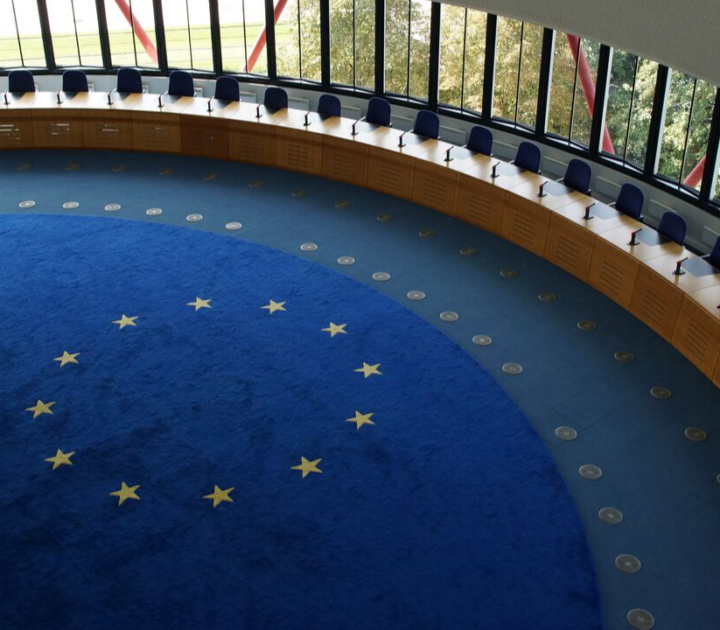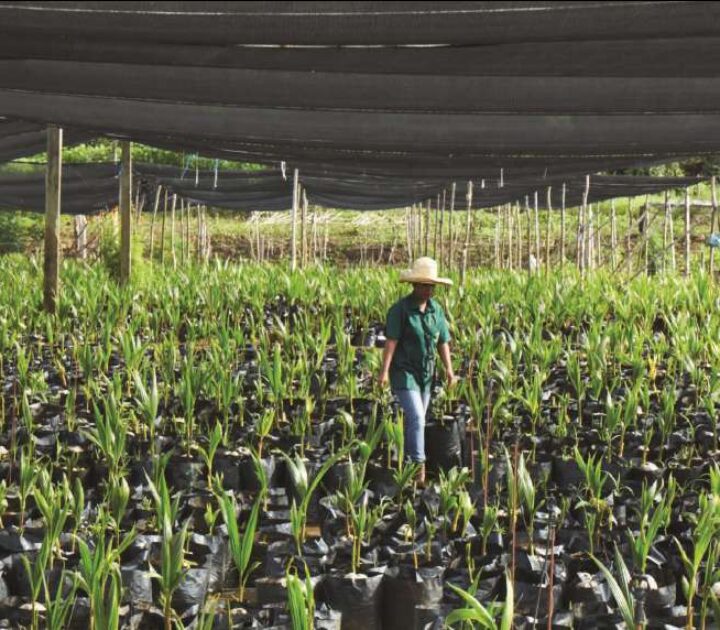
This webinar, led by Professor Vanina Farber, elea Chair of Social Innovation and Ladé Araba, Managing Director, Africa at Convergence, appeared live on Thursday, 3rd September at 11am CEST.
Private investment is crucial to closing the estimated $2.5 trillion funding gap to achieve the Sustainable Development Goals (SDGs) by 2030.
How can blended finance offer customized investment opportunities for different profiles of private investors? When in the project lifecycle is blended finance used? And, what do blended finance deals look like in practice?
These were some of the questions covered in this webinar with Ladé Araba and Irene Gathiaka, Regional Head for East Africa at Total Impact Capital.
Blended finance is the use of catalytic capital from public or philanthropic sources to increase private sector investment in sustainable development.
A key attribute of blended finance transactions is the notion of leverage.
Philanthropic and public parties leverage catalytic capital to make a deal happen that would otherwise attract little or no private capital, echoing the notion of additionality that we often discuss in this webinar series.
To illustrate how blended finance works in practice, Ladé Araba joined the discussion to highlight some examples of innovative transactions.
Ladé Araba is a senior development finance executive with more than 17 years of professional experience.
She previously served as Technical Adviser to the former Minister of Finance of Nigeria and was a Senior Investment Officer at the African Development Bank. In this role, she received Board approval for senior loans to infrastructure projects valued at $2 billion.
She has further worked to help create the building blocks for financing regional infrastructure projects and promoting inter-African trade.
A closer look at Convergence
“Convergence is the global network for blended finance,” explained Ladé Araba. Generating proprietary data, market intelligence and deal flow, the firm’s ultimate aim is to attract private investment at scale towards SDG-related transactions in emerging and frontier markets.
“This global network brings together every kind of capital provider that exists,” she explained.
“Among our members you’ll find donors, foundations and commercial banks, as well as private equity firms, asset managers and institutional investors.”
Convergence helps its members to identify investment opportunities, access deal flow, and provides access to the largest global database of closed blended finance transactions.
Convergence is also committed to building the pipeline of investible deals targeting sustainable development where it is most needed.
“Convergence provides grants for early stage innovative blended finance vehicles that have the potential for scale and replication,” she said. “Effectively, we’re working to build the entire field of blended finance.”
“Convergence considers transactions blended when concessional capital is leveraged to improve their risk-return profile so that they appeal to private investors,” said Araba.
She explained four primary blending archetypes used to structure deals:
- Concessional debt/equity: subordinate or junior terms compared to co-investors with first loss protection
- Guarantee or risk-insurance: protects investors against capital losses
- Design/preparation funding: supports activities that lead to investment
- Technical assistance funds: supplements capacity of investee and addresses market failures
She added that it’s rare to see just one archetype at play, so you usually find combinations of them within a given structure. This is often due to the many market failures and transactional risks that blended finance approaches seek to overcome.
The most frequently used archetype is concessional capital that is applied to the capital stack either as sub-debt or junior equity. This provides a first loss layer of protection for private investors.
What forms can blended finance take?
Ladé Araba explained that blending can happen at various tiers of financial structuring.
“You can have a project or company that is blended. You can have blending at the fund level as well within a ‘fund of funds’. You can also have facilities that are blended as well as directly within finance intermediaries.”
Blended finance can take place at any stage within the project life cycle.
At the project’s early stages, the proportion of concessional capital tends to be higher, allowing for early-stage and pilot projects to get off the ground. This also allows early-stage equity investments with first-loss capital to help projects attain bankability.
Finally, projects that are operational and cash flow positive can begin to attract commercial capital.
Blended finance in practice
To provide an example of a blended finance transaction, Irene Gathiaca joined the discussion to describe “ImFact”.
ImFact is a for-profit fintech initiative, promoting SME-to-SME financing.
She referred to the sponsor of ImFact, Ambassador John Simon, who confronted the limitations of getting consistent, affordable medical supplies in Africa during his time working for The Global Fund for Malaria and Tuberculosis.
He discovered that part of the problem was distribution; companies not being able to obtain financing for health care SMEs. Traditional banks would request collateral, title deeds, and much more. She explained this issue is exacerbated by the COVID-19 crisis.
ImFact was created to support distributors, usually SMEs, without burdening their balance sheet. She explained that not much had been done to unlock value from the debt on their books by allowing pharmaceutical distributors to turn their unpaid invoices/accounts receivable into collateral.
Irene Gathiaca’s firm Total Capital and their partner Cardano Development buy the portfolios of receivables and advance a sizeable portion of the value of those receivables to the SMEs. The rest of the amount is paid once the invoice is received.
How mature is blended financing in Africa?
Ladé Araba provided several examples of blended finance transactions in Africa.
She cited Acorn Holdings, which issued the first green bond in Kenya in 2019, listed on both the Nairobi Stock Exchange and the London Stock Exchange.
She also cited the Emerging Africa Infrastructure Fund (EAIF), which has provided financing for infrastructure projects across Africa. Almost two decades old, the fund has now lent $1.3 billion to 64 projects, and has catalysed co-investments of $10 billion from the private sector. In 2018, Allianz placed $115 million into the fund.
She also mentioned an example of a facility, Climate Investor One, which consists of three funds.
With investors struggling to establish a pipeline of bankable projects, the facility offers wholesale lifecycle financing through the three funds that are designed to address specific barriers in each project lifecycle stage.
When asked “Is interest in blended finance increasing in the current low-interest-rate context we find ourselves in today?” Ladé answered: “Overall, low-yield environments are definitely driving investors to look for alternative investments, and it’s driving them to think about investing in emerging and frontier markets.”
What are the current and future trends in blended finance?
“A global trend we’ve observed, which is prevalent in Africa, is that many institutional investors are leaning towards funds, versus single transactions, to spread risk,” she explained.
With the potential for larger amounts of money to be pooled within a fund, she said convergence has seen bigger appetites among institutional investors for these types of deals.
She said that 43% of closed blended finance transactions were done in Sub-Saharan Africa, with 54% in lower-middle income countries.
She explained that more than 40% of direct beneficiaries of blended finance are entrepreneurs, with 63% of end beneficiaries of blended finance being the bottom of the pyramid.
The biggest investments are in energy and financial services, while other infrastructure sub-sectors – agriculture and, increasingly, social sectors like health and education – are projected to increase as a result of the COVID-19 crisis.
Since 2010, the overall market in blended finance has grown considerably, from 58 in 2010 to 231 transactions in 2019, with $45 billion in aggregate financing in sub-Saharan Africa specifically.
Clearly, the demand for blended finance transactions is growing.
At the elea Center for Social Innovation, we believe that blended finance is a promising solution that can align incentives and play to the strengths of the public, private and non-profit sectors.
Still gaining traction, we are hard at work, and welcome the participation of others active in the blended finance community, to understand the conditions and scenarios where blended finance can thrive.
To find out more about upcoming webinars from the elea Center for Social Innovation, please visit the Center’s page here.






